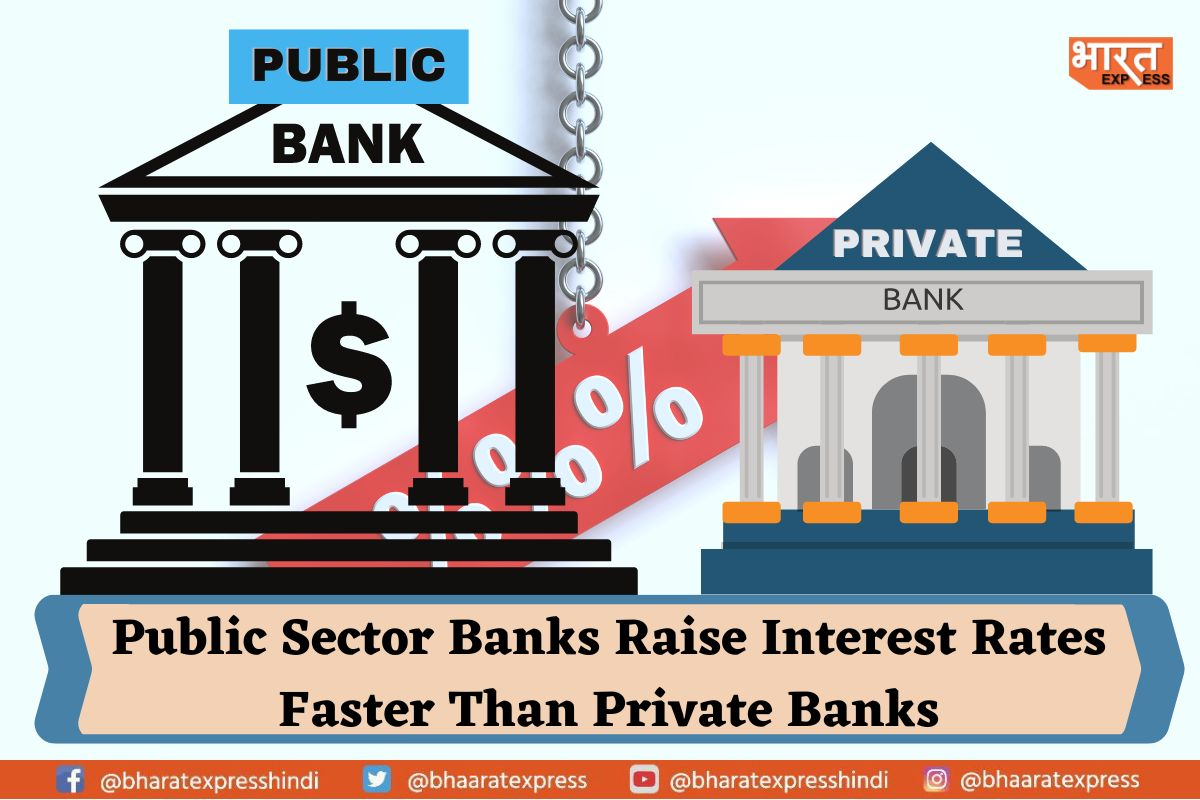
REFERENCE IMAGE
The ongoing session of the Monetary Policy Committee will involve a detailed discussion on whether the banks have passed on the repo rate hikes to borrowers and depositors. According to the latest quarterly statistics released by the Reserve Bank of India, the transmission of lending rates has been more effective compared to deposit rates.
It is noteworthy that private sector banks have been less prompt in increasing the interest rates for new loans as compared to public sector banks and foreign banks.
The head of retail banking at a private bank stated that they were able to absorb some of the costs resulting from the repo rate hikes, as their operational costs were advantageous, enabling them to maintain yields that are at least 100 basis points higher than most public sector banks. This, in turn, allowed them to not fully pass on the cost to borrowers.
Also Read: Pakistan’s GDP Growth Forecast Reduced to 0.4% by World Bank for FY23-24
Despite the repo rate being raised by 250 basis points from 4% in May 2022 to 6.5% in February 2023, the weighted average lending rates (WALR) of all scheduled commercial banks on outstanding loans have only increased by 95 basis points since May last year.
The rise in rates for new rupee loans is higher at 173 basis points. However, banks have been slow in providing benefits to savers, as the overall deposit rates (weighted average domestic term deposit rates) have only increased by 99 basis points.
The disaggregated data on the increase in lending rates by group indicates that the transmission has been inadequate for outstanding loans in both public and private sector banks, with a respective increase of 87 basis points and 99 basis points in the WALR between May 2022 and February 2023. However, for new rupee loans, PSBs increased the WALR by 179 basis points, whereas private lenders have only raised it by a relatively lower amount of 134 basis points.
Also Read: World Bank Forecasts India’s GDP Growth to Slow Down to 6.3% in FY24
According to the CEO of a private bank, the adoption of external benchmark rates linked to the repo is primarily limited to home loans. For other retail products, there is a flexibility to price them based on the MCLR, which takes into account various cost adjustments, including the cost of risk. As a result, the transmission rate for these products was comparatively lower. Moreover, the non-home loan retail portfolio of private banks ranges between 35% and 50%.
Meanwhile, foreign banks have experienced the most effective transmission, as their WALR on outstanding loans has increased by 162%, and the WALR on fresh rupee loans has risen even faster, by 290 basis points.
Public and private sector banks have been relatively slow in increasing deposit rates, with the weighted average term deposits rising by only 91 and 97 basis points, respectively. In contrast, foreign banks have been more responsive in this regard, with a significant increase of 214 basis points in their weighted average domestic term deposit rates since May 2022.
To read more such news, download Bharat Express news apps


















